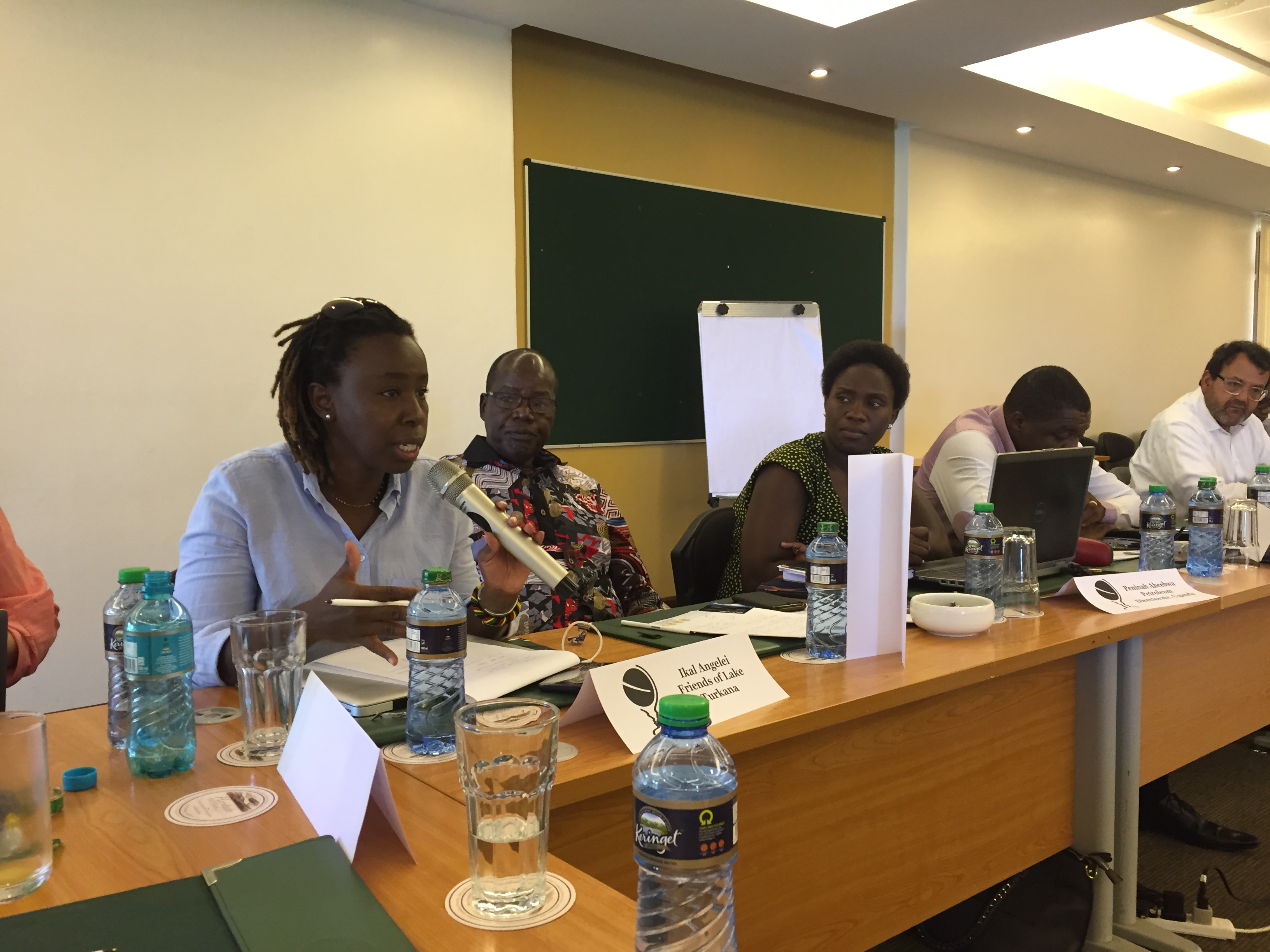
New Petroleum Producers' Experiences Diverge as Hydrocarbon Prices Stay Low
Countries where the prospects of new oil and gas production had generated significant expectations during the 2004-2014 price boom are now feeling the effects of an 18-month downward price trend.
Today, these “new producers” face several major challenges: delays in first oil production, reduced fiscal revenues, weak hiring of local people and companies, and dissatisfaction among citizens about diminished returns of a complex new industry.
An estimated $380 billion in project capital expenditure has been deferred in new projects in the oil and gas industry, resulting in significant delays in 68 major projects worldwide. The more expensive the project, the more likely it is to be delayed.
When officials and researchers from some of these new producers gathered in Tanzania last year under the auspices of the Chatham House-organized “New Petroleum Producers Discussion Group,” they were just beginning to come to terms with the implications of the price fall. This month, the group met again—this time in Kenya—and the countries’ responses to the new reality had come into considerably sharper focus.

The roundtable, convened by Chatham House, NRGI and the Commonwealth Secretariat, brought together officials from 14 new producers, at the invitation of the Kenyan government and the National Oil Corporation of Kenya. (The meeting was conducted under the Chatham House Rule, therefore in this blog I don’t attribute ideas or quotations to any individual participants.)
The countries represented included some that have recently begun producing oil, some that do not produce but are undergoing heavy exploration or development of fields, and some that have been producing oil for longer, but at relatively low quantities. They included Barbados, Belize, Côte d’Ivoire, Democratic Republic of Congo, Ghana, Guinea, Guyana, Jamaica, Kenya, Liberia, Namibia, Sierra Leone, Tanzania and Uganda.
Though all countries represented face challenges, it was clear that the market downturn is not affecting everyone in equal measure.
Projects in countries where capital expenditures had been made before the crash are much more likely to be continued to production. These projects, which include the new TEN field in Ghana, are expected to come online and generate revenues in spite of the low-price environment. Governments will still need to contend with dramatically lower returns than had been anticipated from these projects, which will reduce their near-term economic impact and dash high expectations.
Countries where significant capital expenditure remains face an even steeper challenge. Oil and gas companies find themselves with dramatically less money to spend on costly new projects. Some lenders and equity investors are significantly more skeptical of financing new oil plays in light of the lower prospective returns. Thus some projects that looked viable during the boom may not be developed for many years. Countries that remain in the exploration stage face particularly steep challenges, as the appetite for risky and costly drilling subsides.
Participants in the discussion were deeply aware of the concept of the “break-even price”—the global oil price necessary in order for an oil project, once costs are taken into account, to be fiscally viable. As various news and industry sources have illustrated, development and production costs vary significantly depending on factors like the depth of the oil deposit and the distance to market. Costs have come down in the industry as prices have fallen and there are new pressures on oil companies to increase efficiency. But the cost profile still has a major impact on viability.
For any given project type, a field is likely to be more expensive to develop in a new producer than in a well-established oil producer. But there is wide variation among new producers, with deepwater fields viewed as significantly riskier than onshore or shallow fields.
One roundtable participant who has been monitoring price movements closely said that as governments make plans, they should only presume (and communicate) that a project will be “robust” if it has a long-term break-even price no higher than $50. Others argued for even greater conservatism, looking at prices currently hovering around $40 and suggesting that should be the basis for planning.
All of these uncertainties about the fate of ongoing projects leave public officials in new producers with an additional dilemma: how tough to be in enforcing the work programs that companies are required to follow, minimum investment commitments and contract expiration dates. Most oil and gas contracts require companies to complete a designated program of exploration or development within a defined time period or risk the contract coming to an end. But these days many companies say that it is impossible or uneconomical to meet their investment requirements. Those companies are asking for leniency on timetables or trying to renegotiate terms in order to get breaks on taxes or other payment requirements.
Governments in this situation face a quandary. Enforcing the terms of existing agreements is consistent with the rule of law and can enable governments to move on from companies that have proven unable or unwilling to abide by the terms of their bargain with the state. Strictness with contract terms also helps the government avoid a “race to the bottom” that starts from a position of economic weakness and introduces tax breaks and other incentives that could serve to reduce the benefits that accrue to the government in the event that prices rise again. Following this logic, some of the governments represented at the meeting have been terminating the contracts of non-performing oil and gas companies, or simply letting them expire.
On the other hand, ceasing contractual relationships and cutting off companies in a time of crisis can have negative consequences. Governments face reputational pressures to “keep the sector moving,” which can serve as a powerful disincentive to clearing the deck of contract holders. Severing relationships can also impose future efficiency losses if the government needs to find a new cadre of partners once exploration or development interest rises again. For this reason, some of the governments represented are taking a more flexible approach—they are trying to find flexible solutions to keep partner companies engaged despite the crisis.
Meanwhile, the New Producers Discussion Group will continue to serve as a forum for discussion as participating governments seek to develop and implement strong visions for the petroleum sector. For more information and to read the project’s “Guidelines for Good Governance in Emerging Oil and Gas Producers,” which is updated after each discussion group meeting, visit the project’s website.
Patrick Heller is the director of legal and economic programs at NRGI.
Authors

Patrick Heller
Chief Program Officer